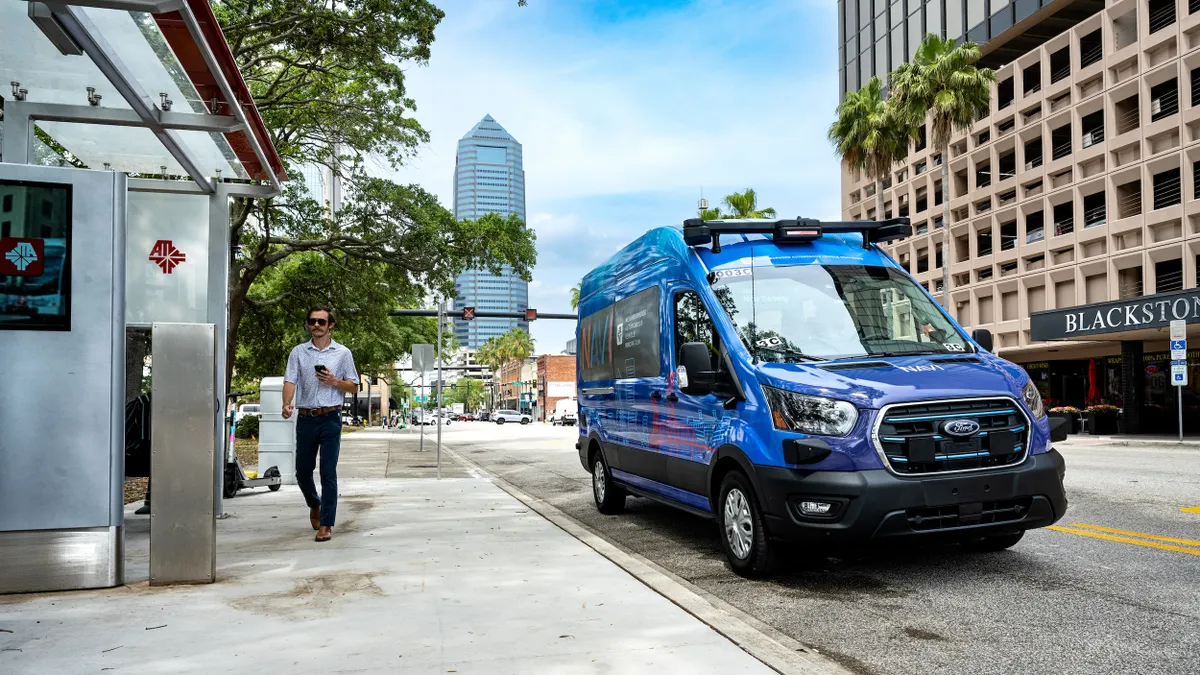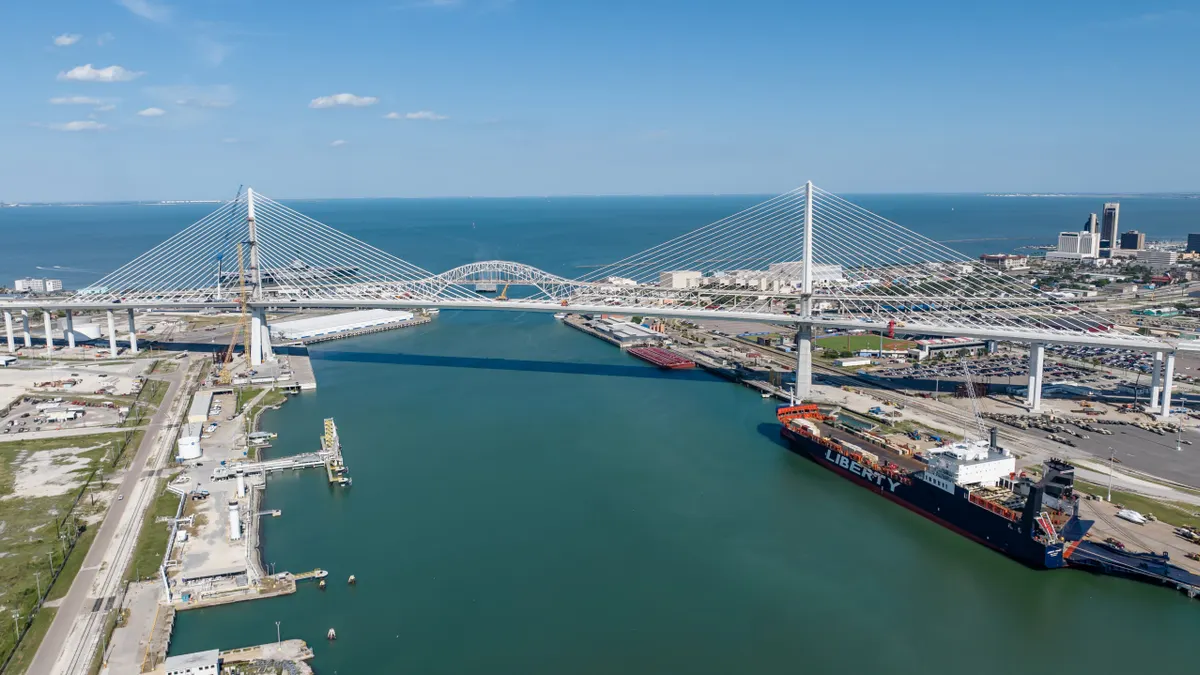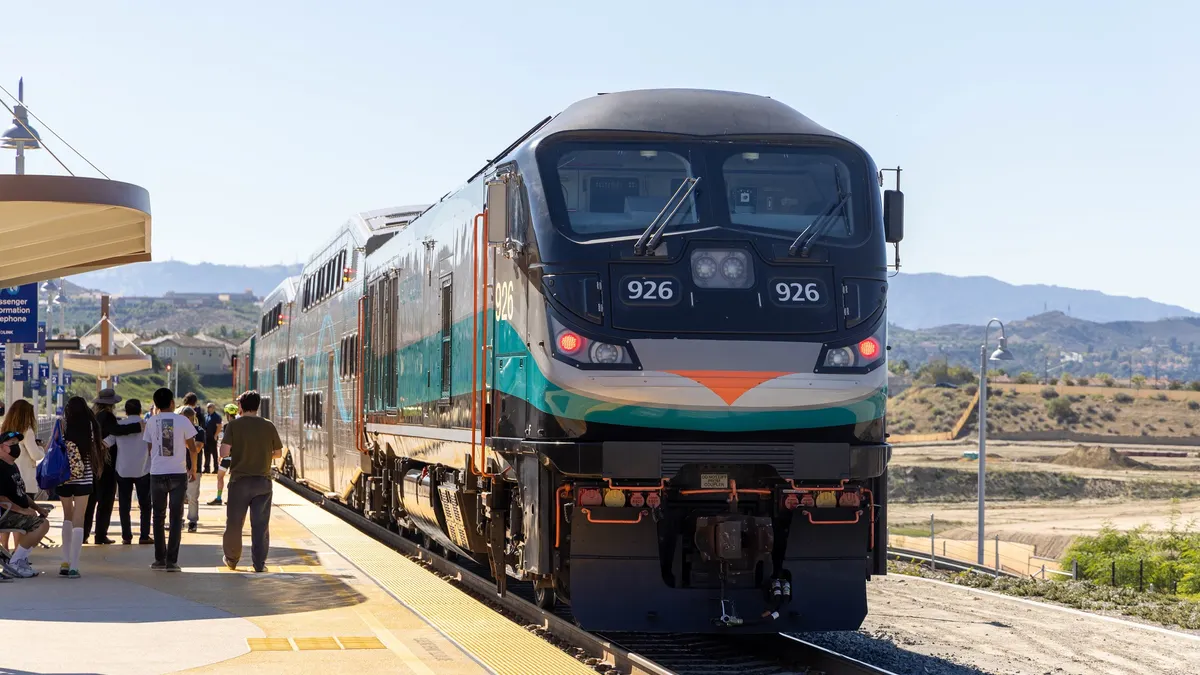Editor's Note: The following is a guest post from Michael Cottle, vice president of sales and customer success at Bestmile.
The advancement of cloud computing, nearly ubiquitous 4G wireless connectivity and the proliferation of smart phones have formed a perfect storm to enable ride-hailing services like Uber and Lyft. Anyone with a phone can hail a cheap, door-to-door ride. Anyone with a phone and a car can give himself or herself a job as a driver.
The services have taken off. Uber now operates in some 600 cities across more than 80 countries. This is the world of Mobility as a Service (MaaS), where consumers purchase transportation like they do software and movies — by subscription or one ride at a time.
On to autonomy
As we all know, the so-called mobility revolution doesn’t stop with ride-hailing. All players, not just ride-hailing companies but also tech giants like Alphabet and car makers like GM and Ford, are betting on electric autonomous vehicles as the next big thing that will solve all kinds of urban problems like congestion or pollution — even urban housing shortages — by eliminating the need for parking structures and freeing up that real estate for humans.
How will this happen? A 2017 study by energy and transportation expert Antonio Seba predicted the end of automobile ownership by 2030, with the assumption that the widespread adoption of autonomous electric vehicles will result in a proliferation of shared services that will make a private automobile unnecessary and unwanted. Thus the reductions in traffic, pollution and auto-centric urban infrastructure like parking lots and garages (Seba predicts an 80% drop in the number of parking spaces needed).
Megan Ridgeway, an architect with Arcturis, writes in Fast Company that there are some 500 million parking spaces in the United States alone, and that new urban office building designs should “future proof” their parking resources.
“Businesses need to park thousands of cars in 2018, but if they’re planning to build new office buildings that will last 50 years into a potentially car-less future, the advantage lies in building ‘future-proof’ parking structures which can be repurposed when the time comes,” she writes. Future-proofing means designing parking structures that can easily be converted to more offices, housing or parks.
IoT is the enabler
Autonomous mobility at the kind of scale envisioned will be enabled by another recent technical phenomenon, the internet of things (IoT). Autonomous transit requires exponentially more technology than the tech that is installed on human-driven vehicles, and the vehicles will need to communicate with other technology just about everywhere they go from other vehicles, pedestrians, travelers, cyclists, buildings, streets, road signs, traffic signals and more.
According to the Federal Transit Administration (FTA), the IoT is "a network of ordinary objects that are embedded with Internet-connected electronics, sensors, or software that can capture, exchange, and receive data." These "things" include consumer devices like phones and computers, and a rapidly growing list of digitized commercial and industrial machine-to-machine data that enable businesses and organizations automatically detect and adjust to achieve performance goals.
Sensors, big data and 5G
Internet-connected sensors in peoples’ phones, in vehicles, on roads and in buildings will transform how travelers interact with vehicles and how they move and live in the world’s urban centers. Advocates for autonomous vehicles paint a rosy picture of vehicles that can pick up passengers on-demand, find the best route to their destinations, avoid obstacles, obey traffic singles, read signs, communicate with other vehicles to avoid collisions and maintain safe distances, and safely make the drop-off.
That’s just the beginning. The vehicles will also know when they need maintenance or charging and drive themselves to a depot, perhaps even ordering a needed part. Street sensors will ensure vehicles are in the correct lane and tell them they can stop and/or park, and whatever parking structures remain will guide vehicles to the closest empty space.
Connected vehicles will be able to summon a bellhop (which will probably be a robo-cart) when dropping off passengers at a hotel and will tell your smart home when you will arrive and turn on the lights and heat or air conditioning. For entertainment, vehicles will automatically detect and connect to whatever devices are in use and self-configure with music and entertainment based on passenger preference.
IoT technology will enable this communication between vehicles and their surroundings, and the processing of the vast amount of data generated. Lynn Slowey, who works on IBM’s IoT Watson team, predicts that, "By 2020, connected cars will generate 350 MB of data every minute they’re operating. Video, audio, voice, text along with sensor data are all part of the foundation of information to be utilized. And the ability to analyze this information efficiently is paramount."
All this data will come in many formats as standards for many mobility and smart city IoT data sources have yet to be defined. Non-uniform data can be difficult to analyze without some kind of normalization. Onboard technology may have to process and analyze critical data before distributing it to the cloud.
The widespread, universal deployment of 5G wireless networking will complete the MaaS revolution, or at least take it to a new level of performance. The promise of 1 millisecond latency (vs. 50 milliseconds for current 4G networks) and a network that is 100 times faster than our current cellular connections and 10 times faster than the fastest home and business broadband will make autonomous vehicles safer, faster, and more reliable. The billions of connections enabled by 5G networks will make IoT far more powerful, enabling faster processing from more data points with near real-time communication.
Are we there yet?
Currently, most autonomous vehicles being tested communicate mainly with themselves. They process data from cameras, lasers, and onboard sensors and are focused primarily on the ability to safely operate on real streets. Future vehicles will need to receive and process data from the millions of sensors envisioned by smart city advocates.
So far, most vehicle manufacturers are working on their own onboard technologies in isolation. As mentioned above, normalizing the data that these vehicles send and receive, and providing a means for multiple, even hundreds or thousands of vehicles to work together as fleets will require the ability for some over-arching entity to communicate with vehicles of different brands using multiple onboard systems as well as third-party data from IoT endpoints. Some have likened this layer of technology as "air traffic control" for mobility services.
Predictions about when these new mobility services along with when smart city technology will reach widespread adoption vary. As noted above, many point to 2020 as an inflection point for autonomous vehicle technology to arrive on city streets. The smart city technology will play an important role in the adoption of autonomous transit, and autonomous transit will no doubt drive new smart city innovations. A robust, high-speed IoT infrastructure will be the foundation for both.

















